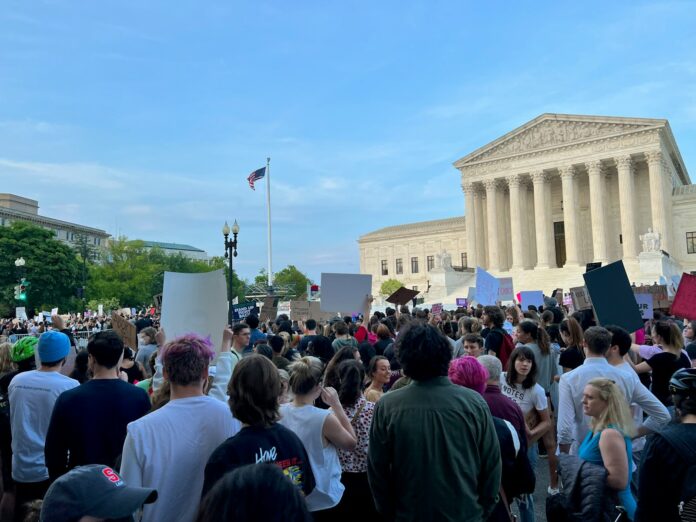Key Takeaways:
– The perplexing obsession over presidential poll results generates sizable anxiety among voters.
– A significant discrepancy between the 2016 polls and election outcome was due to the failure of pollsters to account for education levels in their samples.
– The scenario reiterated in the 2020 presidential elections, where pollsters did not accurately predict which candidate new voters would choose.
– The growing frustration with pollsters led to an initiative advocating for a poll-free America.
– Many sponsors of polls have started focusing on understanding political dynamics instead of following the poll chase.
– Despite the evolution in political coverage, polls remain a cornerstone of predicting voter sentiment.
Unceasing Anxiety Over Polls
As the vibrancy of fall sets in, the unshakeable anxiety associated with presidential polls routinely grips even the most seasoned voters. A ritualized peek at the “Latest Polls” section on political websites heralds the start of the day for many, igniting curious anticipation about the fluctuating gap between favored prospects. The proximity of the blue and red lines never ceases to fuel the intrigue and unease among the electorate.
Panic Induced by Discrepancies
The 2016 presidential election undeniably challenged the veracity of predictive polling – a discrepancy so profound it left many, including seasoned pollsters, in disarray. Despite a confident assertion of Hilary Clinton’s victory, the outcome unraveled as an unsettling surprise when Donald Trump triumphed as President. As the dust settled, the pollsters encountered a significant hurdle – the overlooked educational background of the participants in their polls. College graduates, who normally lean towards a Democratic vote, outweighed other demographics in the study.
Education: A Rising Political Influence
The unexpected failure of the 2016 polls unveiled an age-old blind spot – ignoring the distinct political views among the educated and non-educated sections of white voters. The rise of popular candidates in recent years, both on the Left and Right, has not only generated global interest but also undermined public faith in institutions. The working class and less-educated voters have displayed an increasing affinity towards populist leaders, marking a shift from their traditional lean towards the Democratic Party.
The 2020 Presidential Poll Surprise
Even as the pollsters proceeded with caution in the 2020 presidential polls, they faltered again in accurately predicting voter sentiments. While they correctly anticipated Biden’s victory, they failed to assess his support base effectively, particularly among new voters. Their estimation of these voters inclining towards the Democratic Party did not materialize, as the support evenly split between Biden and Trump.
Questionable Accuracy of Polls
The mixed success in capturing the pulse has stirred skepticism around the prognostic accuracy of polls, particularly when Trump is in the equation. The unpredictability in identifying Voters’ turnout has posed notable challenges in creating accurate predictive models.
The Poll-Free America Concept
While polls continue to dominate the political battleground, they have attracted their fair share of criticism. In a jocose attempt to counter the overbearing influence of polls, initiatives such as the Partnership for a Poll-Free America have gained attention. This concept challenges the constant media coverage, influence election outcomes, and seemingly turns political leaders into avid followers of polls.
Shifting Away From Horse Race Coverage
In light of the skepticism surrounding poll predictions, several sponsors have shifted their focus towards understanding political dynamics, demographics, and underlying trends. Instead of relentlessly pursuing the poll race, in-depth insights into the dynamics of political coalitions are now in focus.
Even amidst these transitions, the curious anticipation continues unabated. The results of the polls serve as teasers for predicting outcomes, providing a fascinating glimpse into the political landscape. As Scott Keeter of the Pew Research Center reasoned, the absence of polls might still keep the anxiety levels intact, considering our human need to predict and understand our environment.

